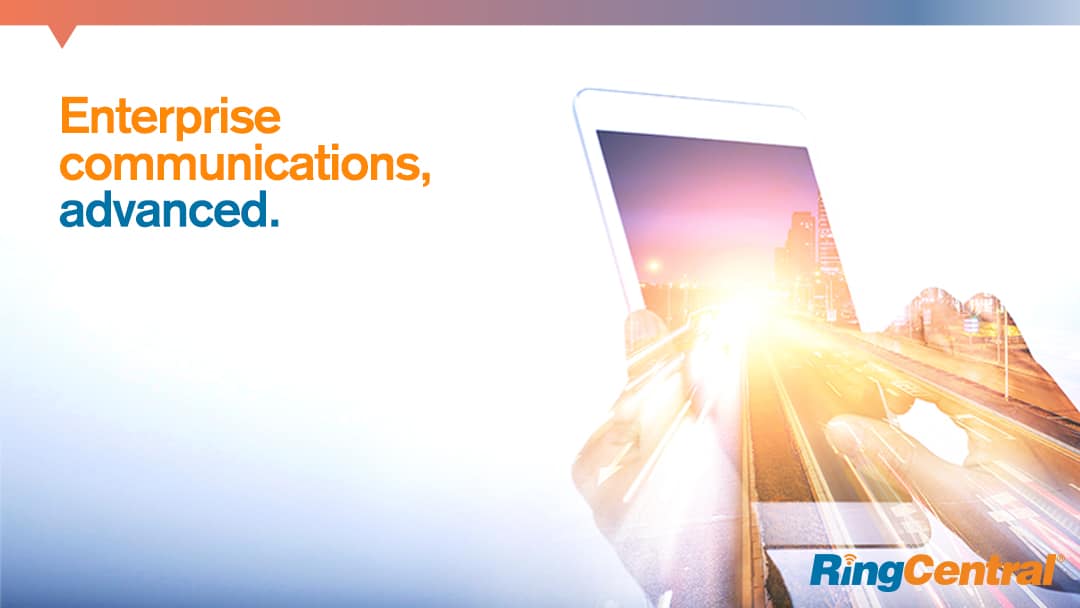
My own skirmish in this age-old fight broke out when I was a teenager. I wanted to hang out with my friends until the wee hours of the morning. My mother insisted I return home by 10 p.m.
My freedom was important to me, but my mom had different priorities, like my safety, my health, and her peace of mind. Each of us had a different perspective—and each of us had a legitimate point of view.
Footloose and landline free
A similar struggle now is playing out in enterprises all over the world. Employees increasingly want to use their mobile devices to untether themselves from their desks, freeing them to work any time and any place. However, IT leaders need to protect corporate data, ensure seamless connectivity, and deliver reliable customer communications.
Smart enterprises are striving to support the nomadic habits of their modern workforces. The problem is it’s impossible to deliver secure and professional-grade communications with today’s PBX systems.
Sense of security
PBX systems are designed to route calls within buildings via wires and connect those calls to public telephone system. They were never designed to accommodate mobile devices outside of the building network. This requires jury-rigged solutions, such as requiring mobile users to dial in to the PBX to access company voicemail.
These connectivity issues create a range of challenges for internal communications, customers, and enterprises as a whole.
For the enterprise as a whole, the PBX paradigm presents serious security concerns. Critical corporate data could be compromised if just one mobile device is lost, stolen, or hacked.
All of this represents a management nightmare for IT.
Cloud-based compromise
Luckily for my relationship with my mother, we were able to patch up our differences by coming to a compromise: If I was going to be a few minutes late, I would call to warn her—avoiding the most dreaded of teenage punishments: getting grounded. By keeping in touch, I was able to keep my freedom, while mom was able to maintain her sense of control and security.
Similarly, a solution has arrived that can bridge the gap between corporate communications and mobile workers: a cloud communications solution. With cloud communications, mobile connectivity is built in. Remote workers get direct access to the same services as on-site employees, from extension dialing to direct voicemail access to caller ID.
Cloud apps also can turn smartphones into full-featured business phones, providing messaging, fax, audio conferencing, and web meetings.
Is it safe?
Most importantly, the cloud approach dramatically improves data security.
In conventional PBX-based solutions, mobile users store critical data on their smartphones, including business contacts. With a cloud communications solution, and the increasing popularity of bring your own device (BYOD), the only thing that resides on a user’s mobile device is an app. Because of this, if a device is compromised, sensitive information won’t fall into the wrong hands.
Furthermore, this approach also protects important data if an employee leaves your company, potentially preventing your information from being accessed by a competitor.
Instead of being stored on a mobile device, the information is housed in a Tier 1 data center. Information stored in the center is protected by the latest security measures that are updated by experts using the newest regulatory compliance requirements. With your data safely salted away in a data center, your IT department and IT teams at each business location are freed from the burden of serving as security experts.
The cloud’s silver lining
Unlike the situation for my mom, grounding is not a solution for modern enterprises with mobile workforces.
I believe that cloud communications is the best solution to security and integrated communications challenges posed by the new mobile workforce.
To learn more about why a cloud solution is the best and most secure choice for your enterprise, read RingCentral’s white paper, “How a Cloud Phone System Uniquely Supports Your Mobile Workforce.”
Originally published May 27, 2016, updated Jan 30, 2023




